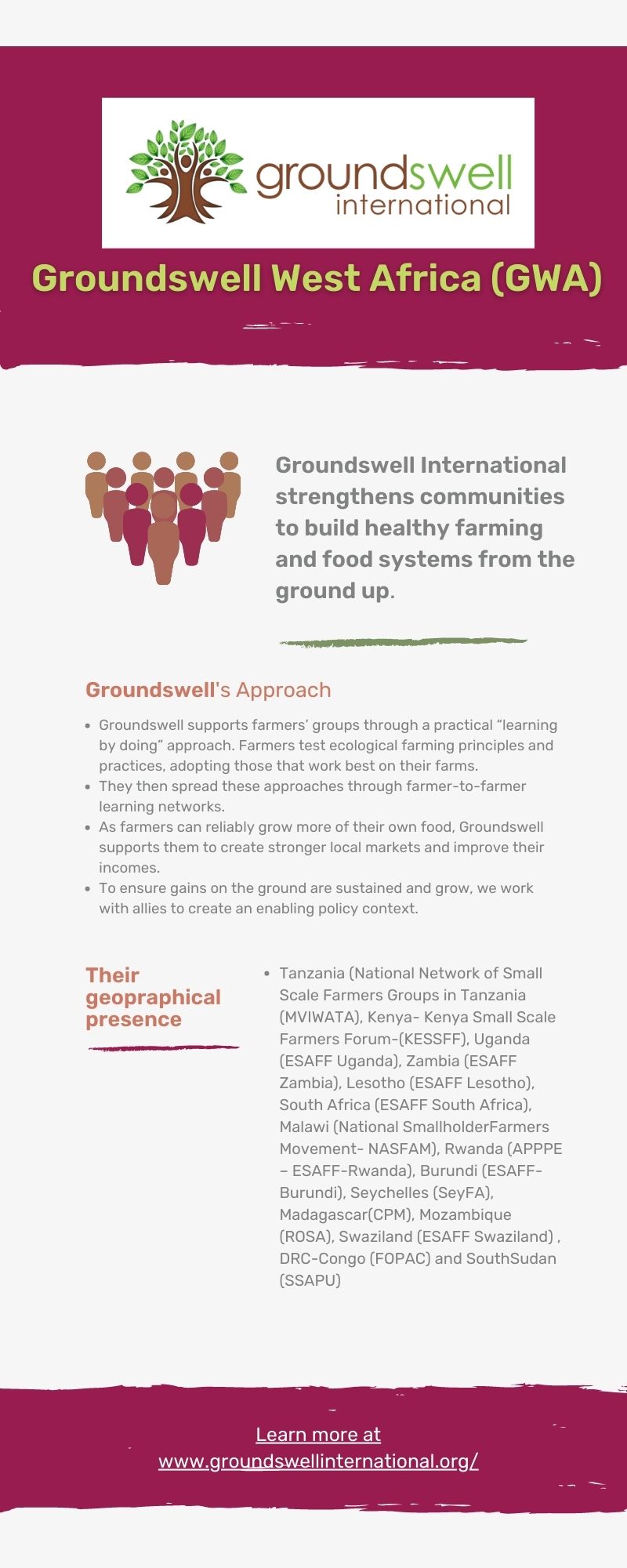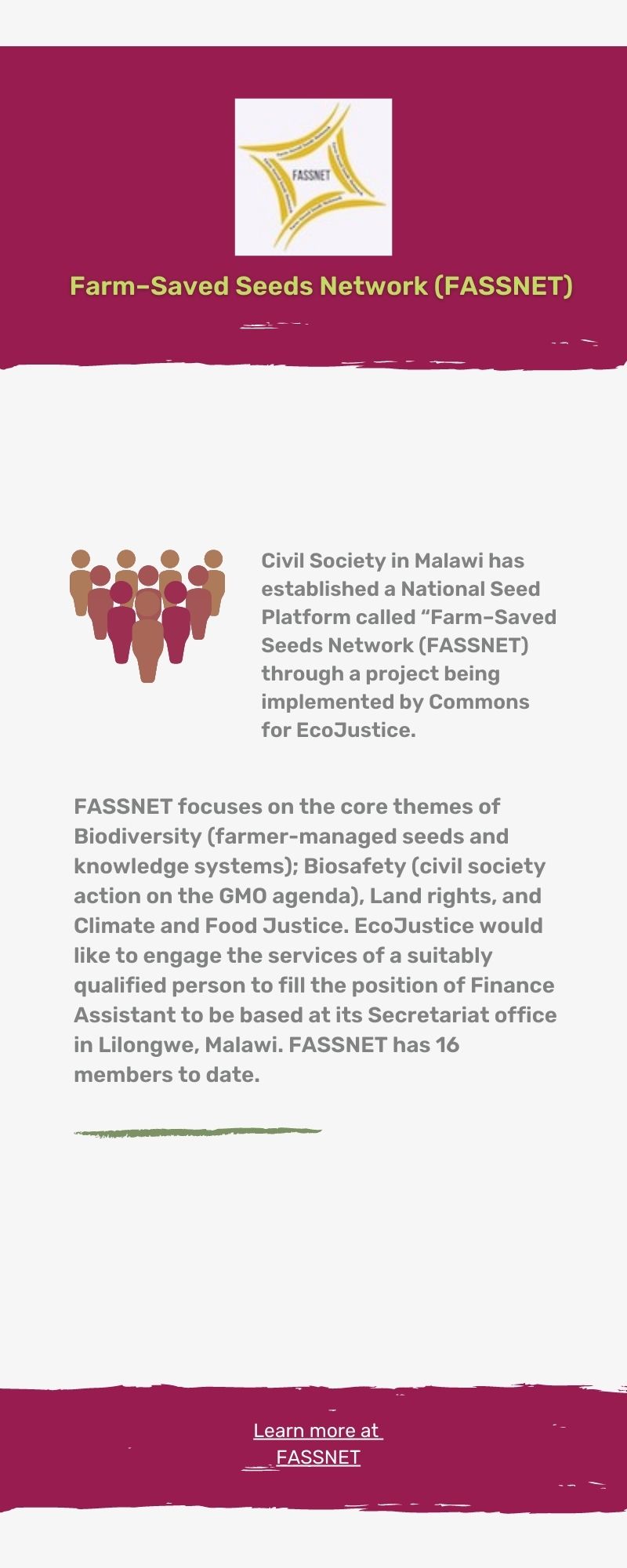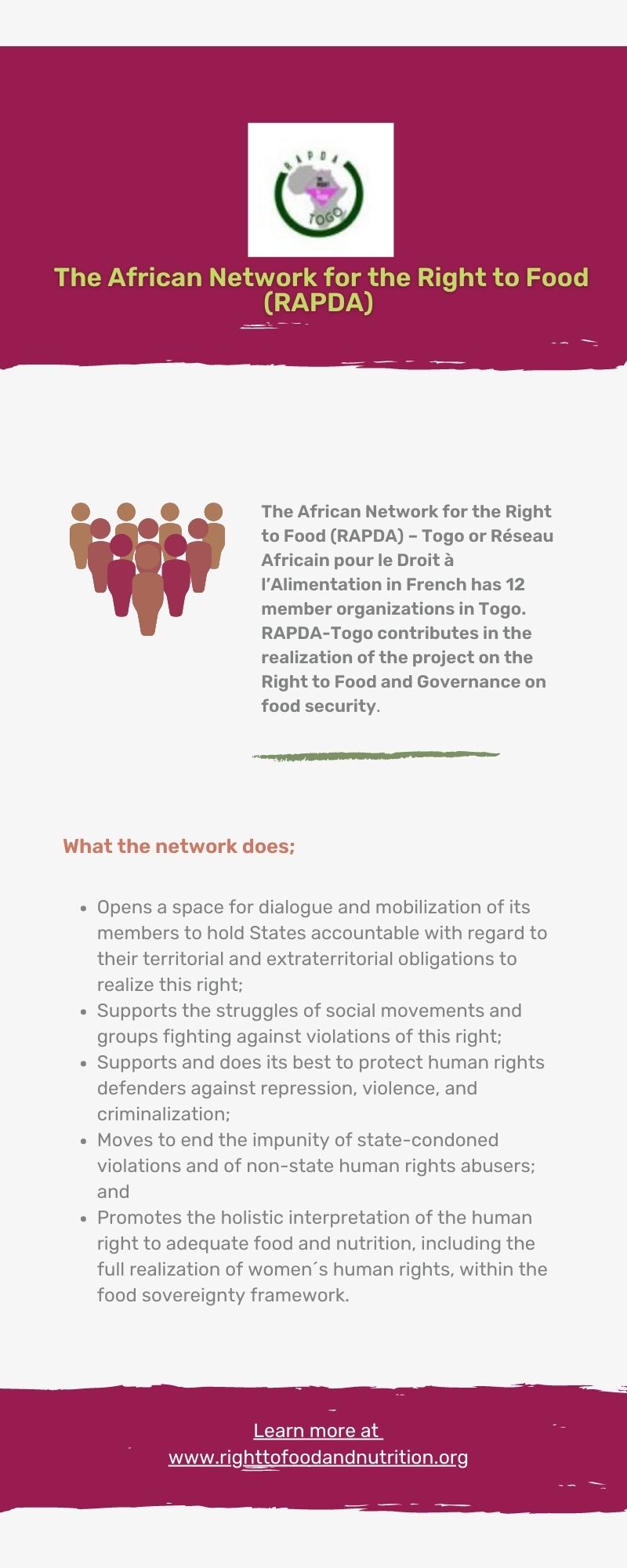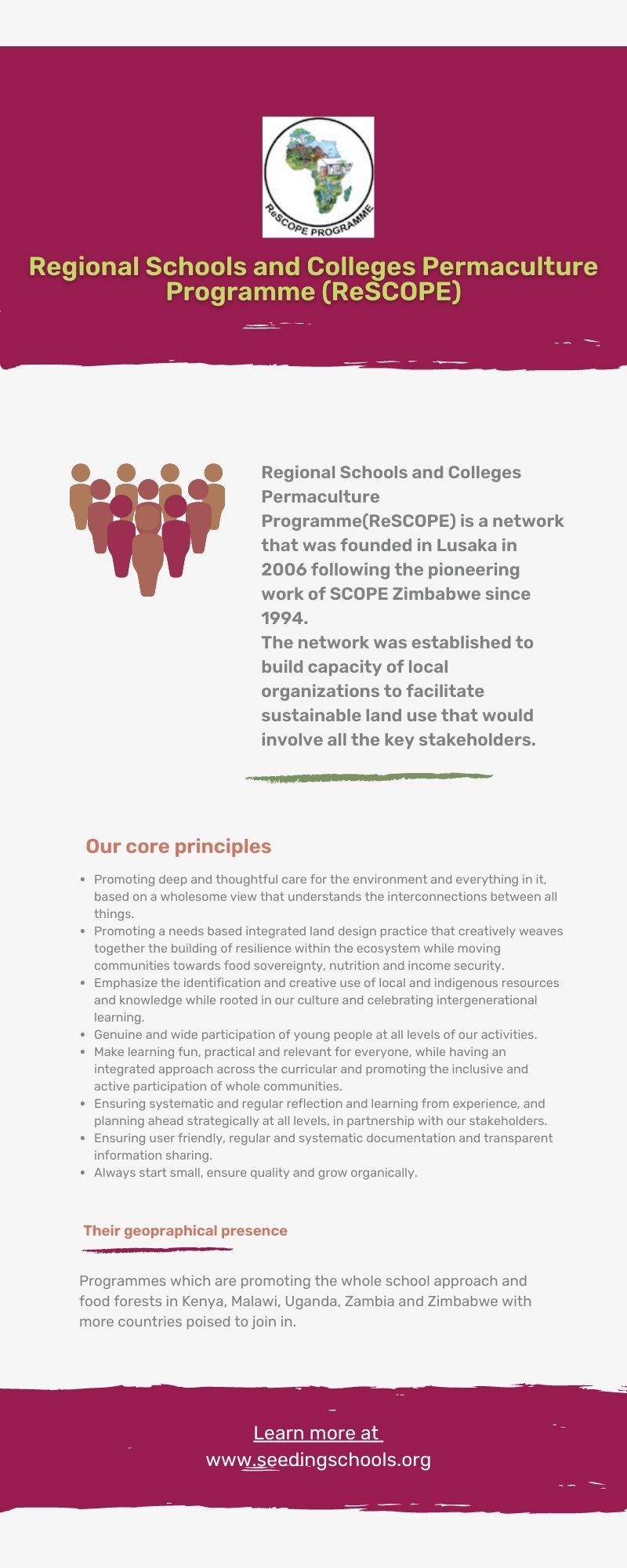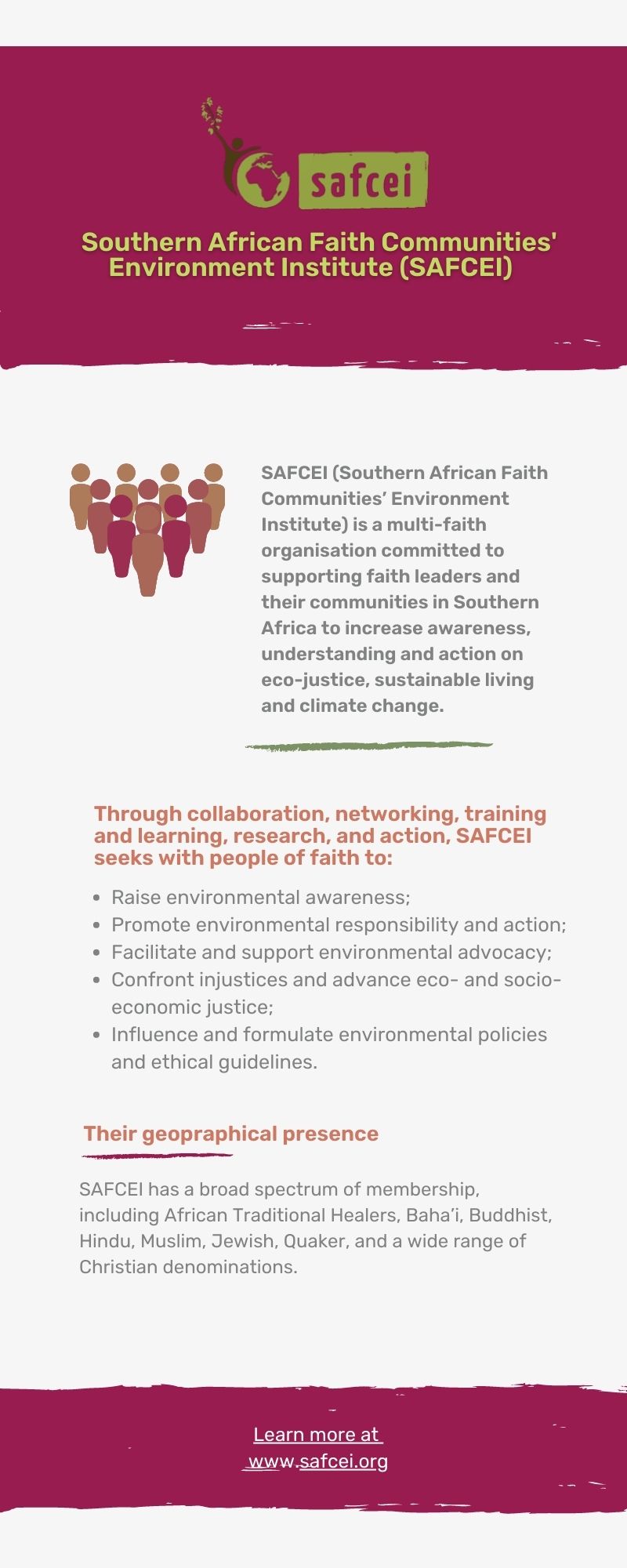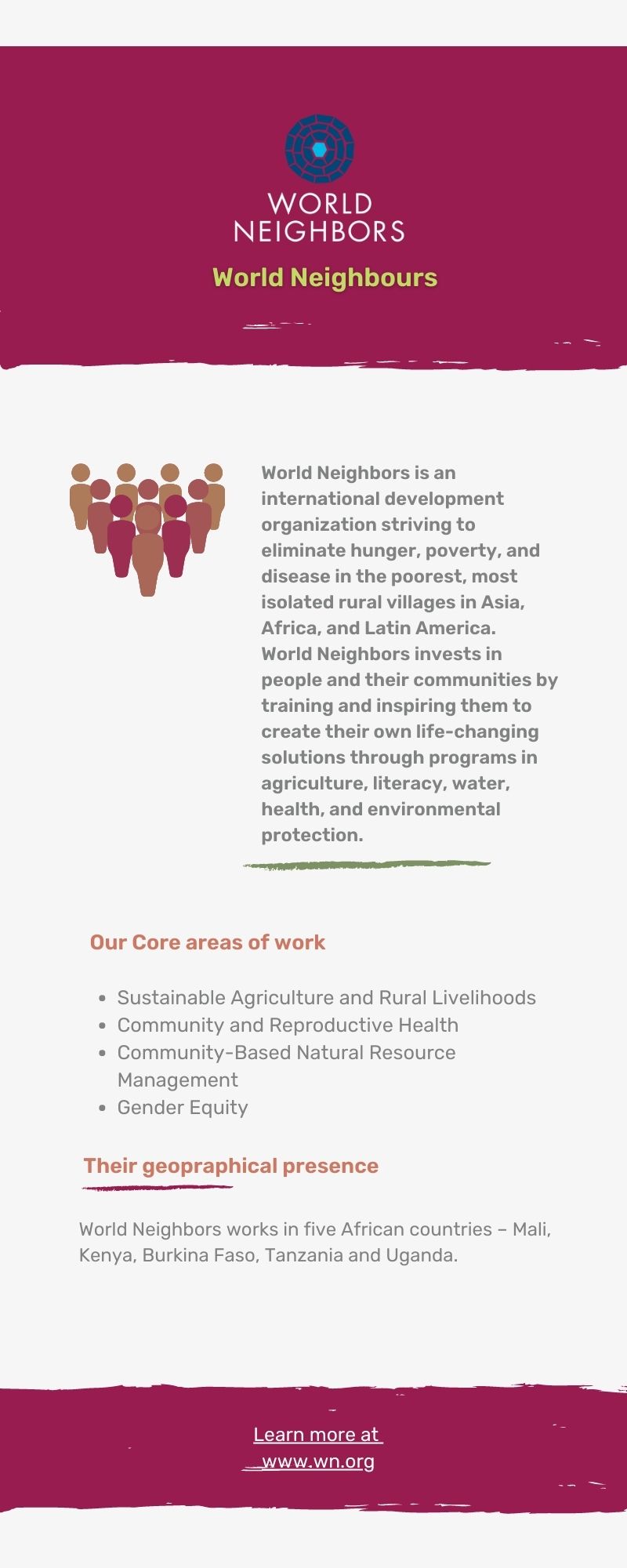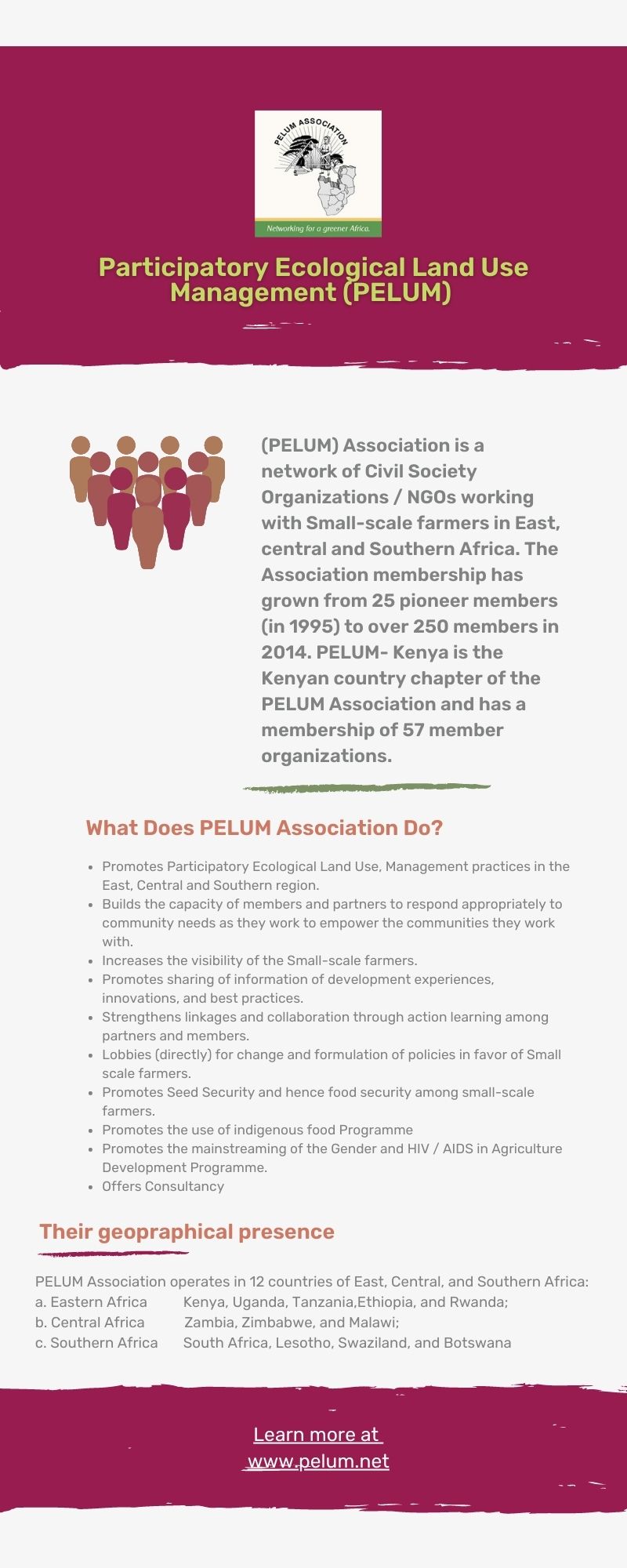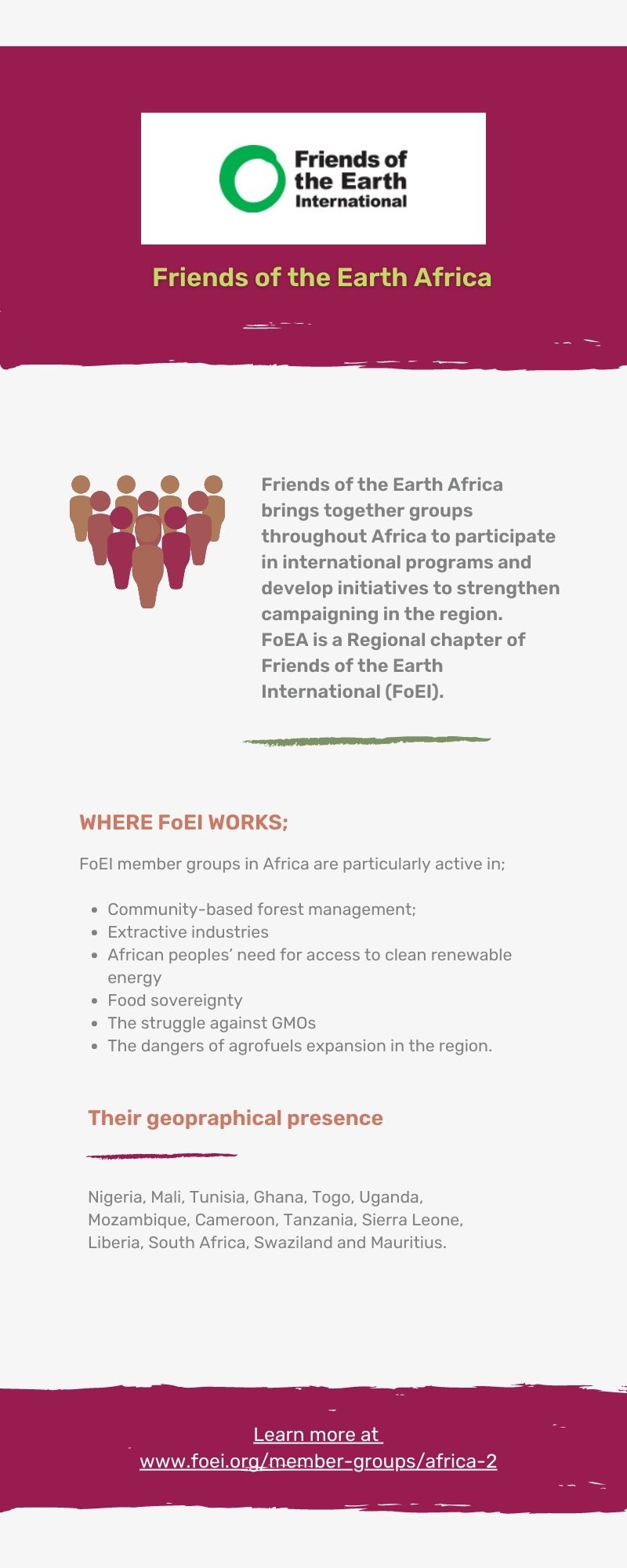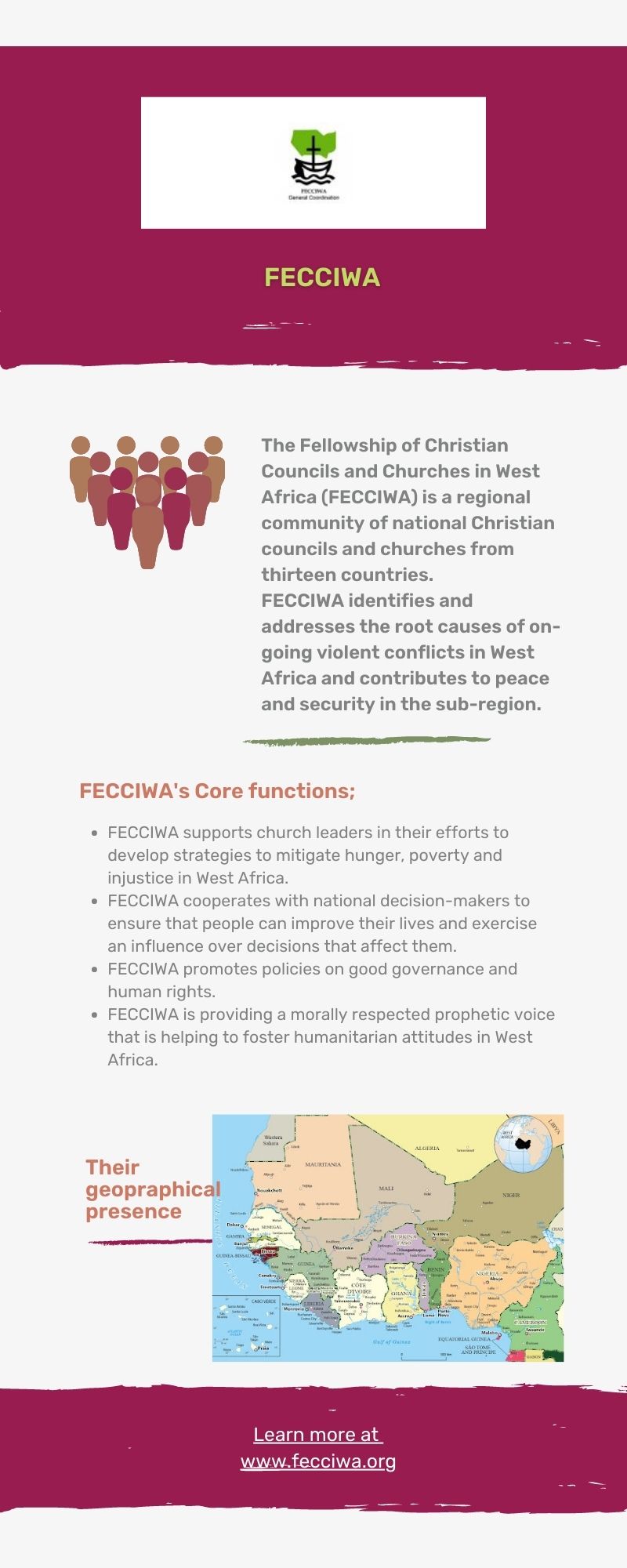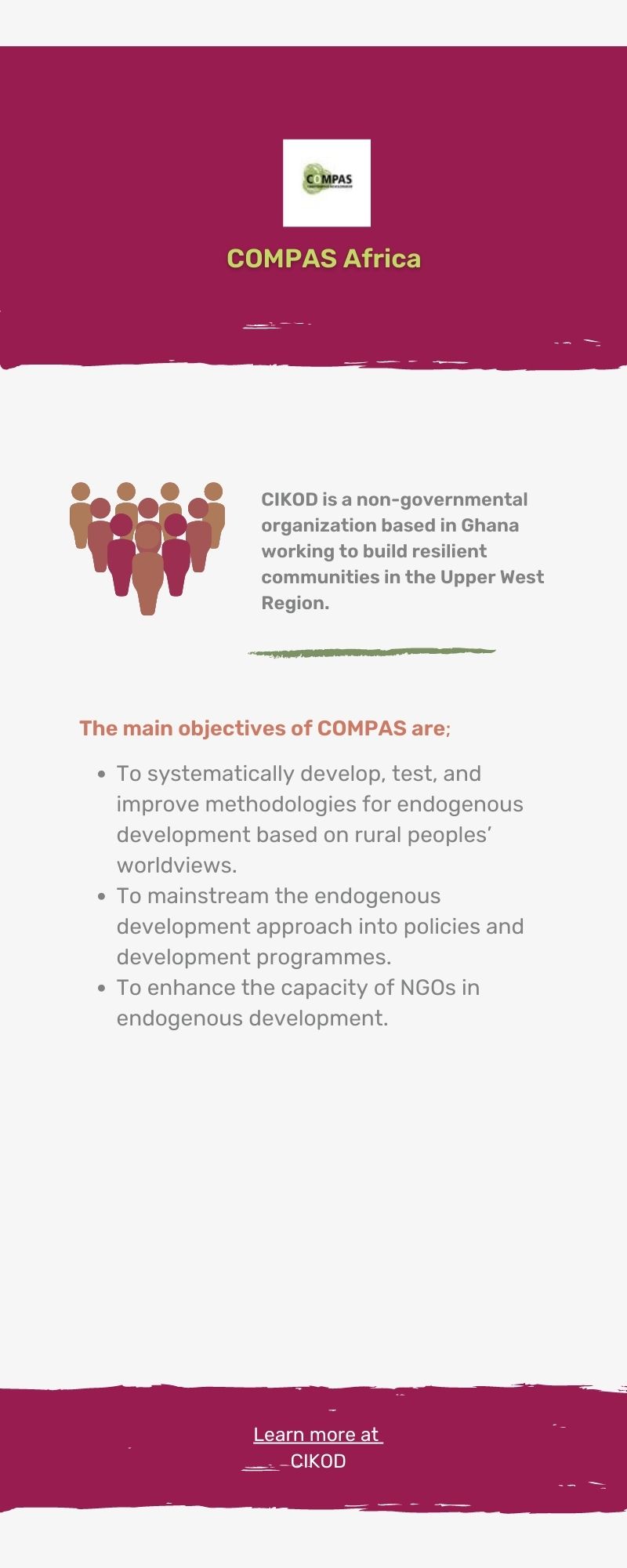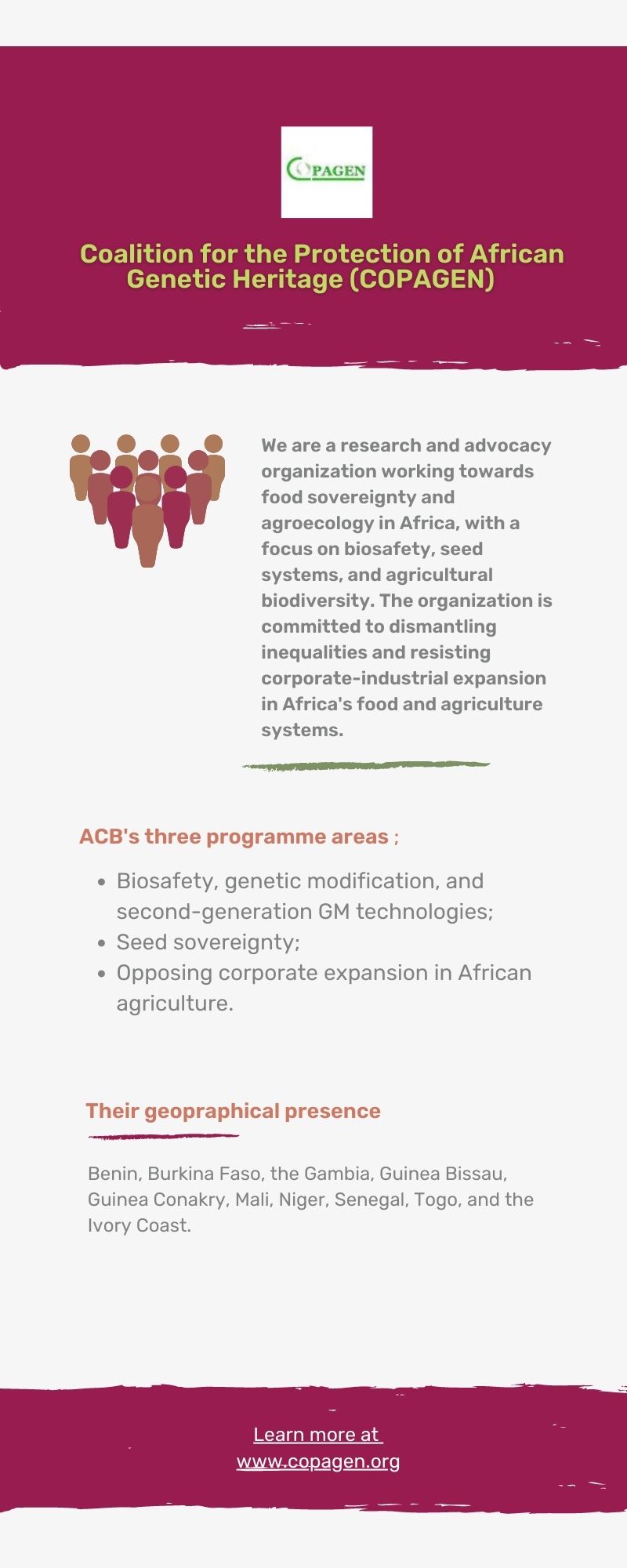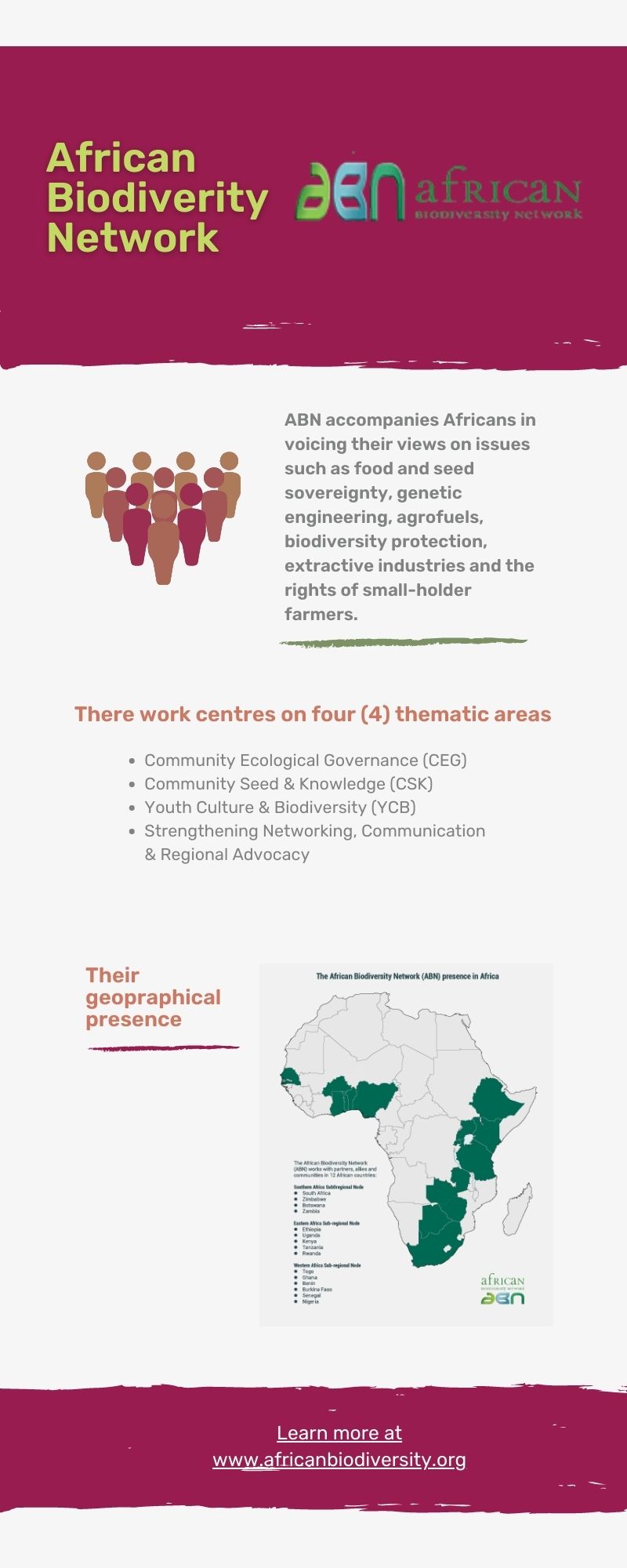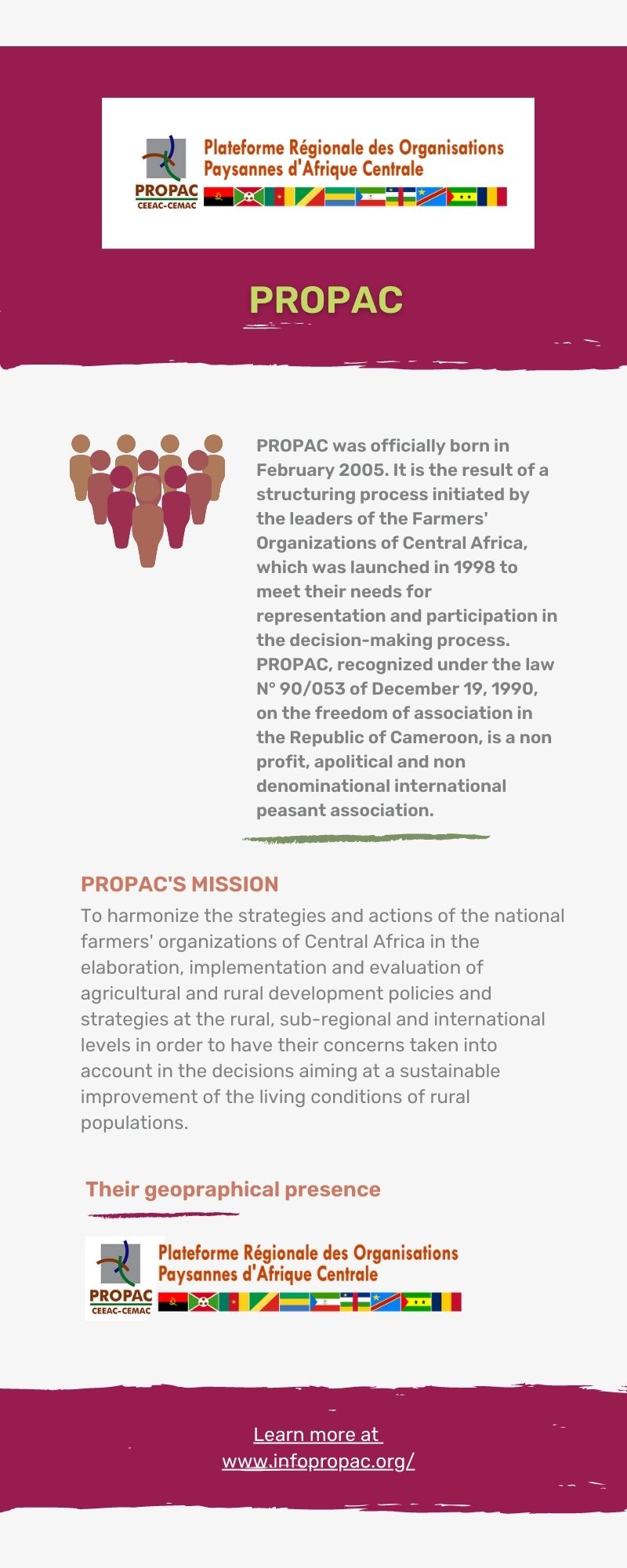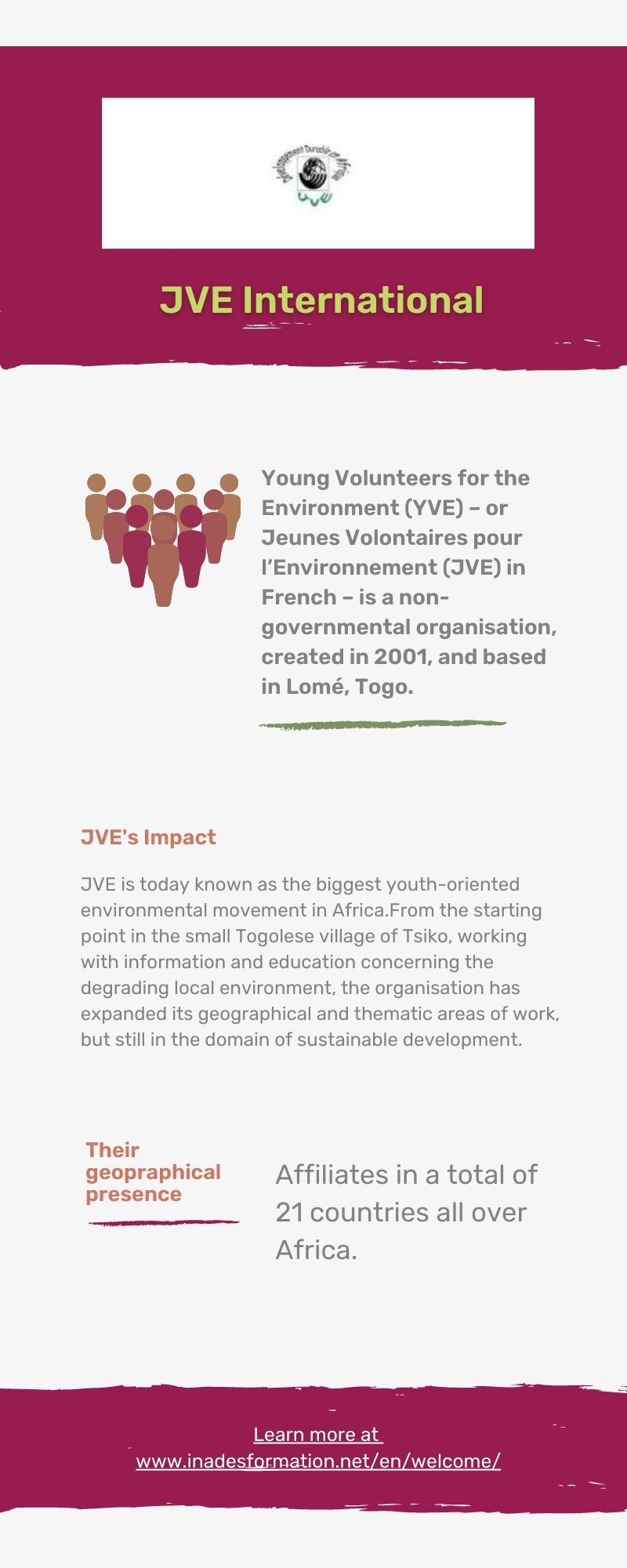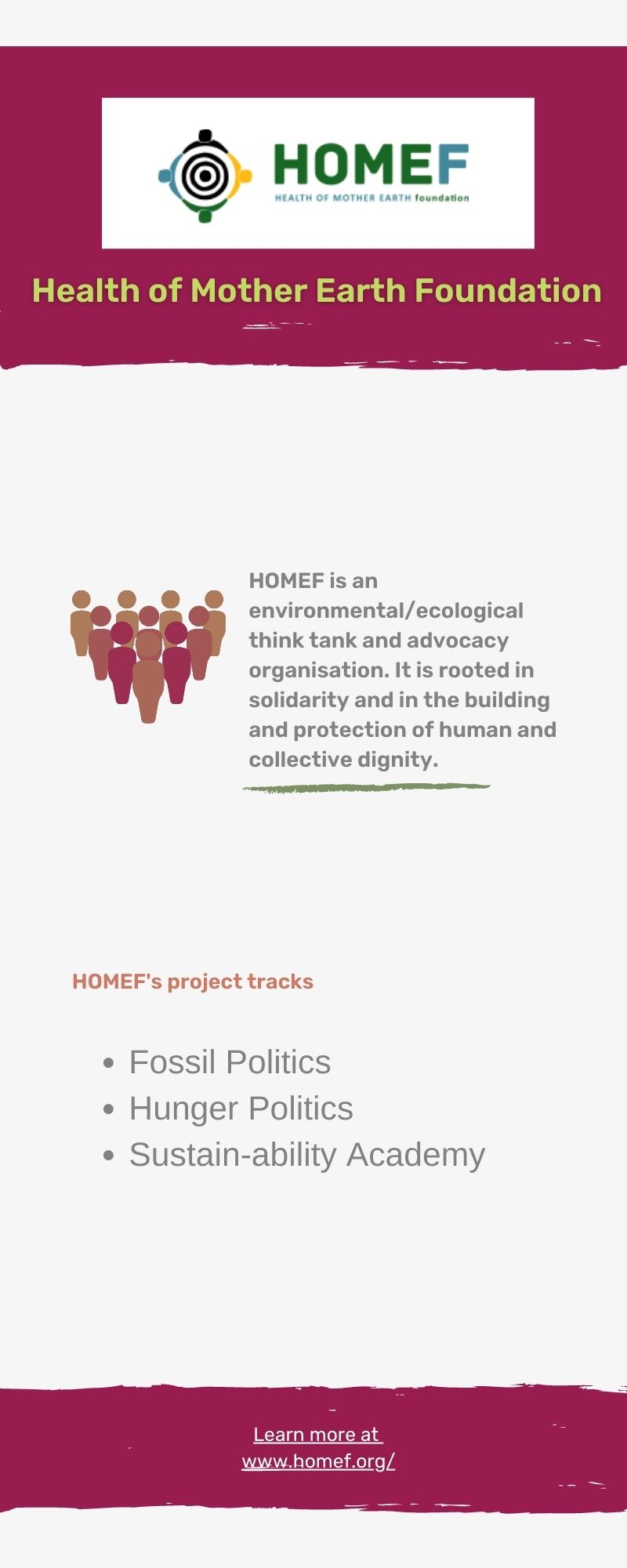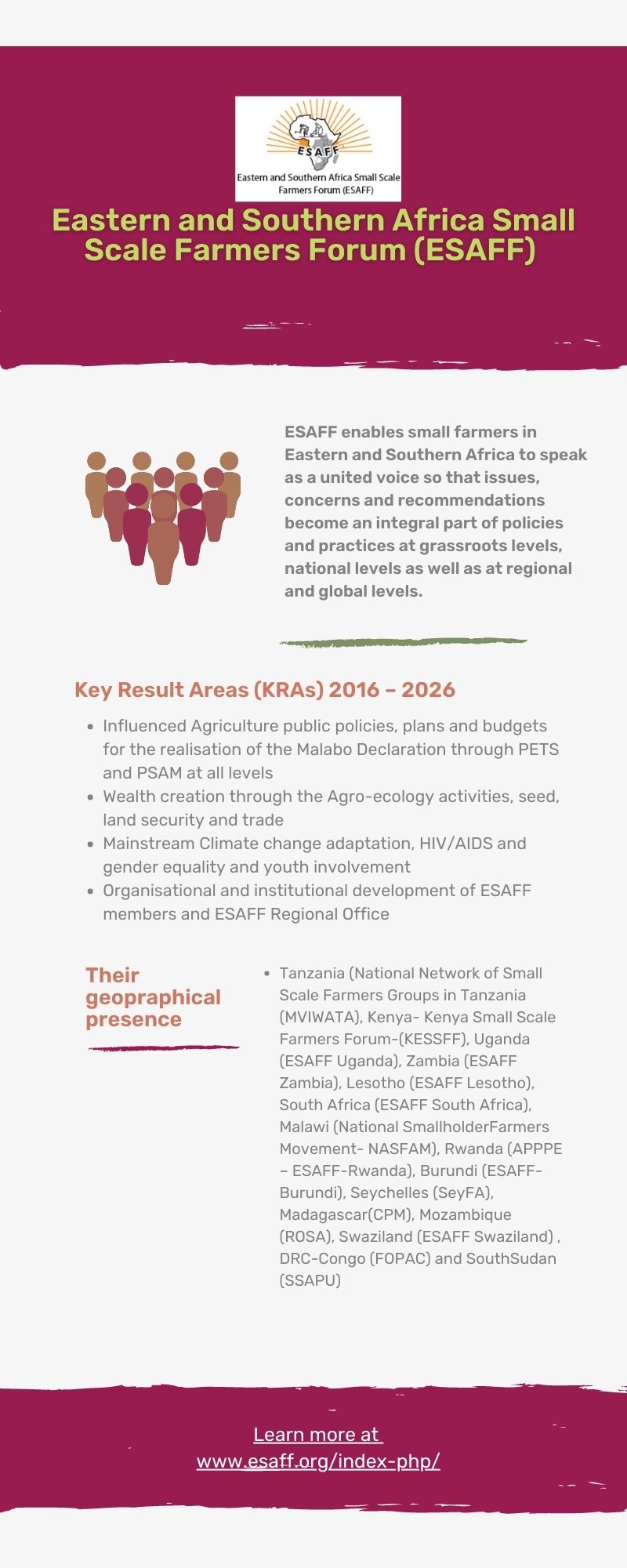
SUMMARY
High-quality onion production begins with high-quality onion seed. Ensuring farmers’ access to quality seed requires the use of research-proven techniques. This project aimed to improve the onion seed system by strengthening producers’ capacity to produce certified onion seeds. The project built the capacity of producers through training of trainers, demonstration plots, and field/open days. The improved techniques stood out distinctly from traditional practices and allowed the production of 800 kg certified seed at the community level.
The overall top performer of cultivar comparison trials was the local onion landrace Goudami, which outperformed imported onion varieties in both yield and germination.
About 900 households from 90 famers groups benefited from the project, especially women; today, onion is no longer a men’s crop.
THE PROBLEM
The North and Far-North regions are part of the Sudano-Sahelian agro-ecological zone of Cameroon. The area is densely populated and faces many natural hazards in agricultural production including climate change. The population, which is mostly devoted to agro-pastoral activities, demonstrates strong resilience. The production of some commodities is important to supply national as well as regional markets. This is the case for onion which, as the top-ranked market gardening crop in the area, requires improvement; national production is low compared to the world average. Onion is mostly produced in a traditional way and production practices are transferred from one generation to another. Major constraints to onion producers include insufficient knowledge about improved production techniques, lack of improved and adapted cultivars, and disease and pest problems.

THE SOLUTION
The World Vegetable Center, in collaboration with the Commodity Value-Chain Development Support Project, implemented a project to improve onion seed systems by strengthening the capacity of producers to produce certified onion seeds. WorldVeg introduced improved onion lines along with other improved and locally adapted onion cultivars. The intervention aimed to overcome onion production challenges to improve productivity, competitiveness and marketing by:
- The development and promotion of good agronomic practices for onion;
- The empowerment of farmers in onion bulb and seed production and storage;
- The organization and professionalization of farmers to start producing onion mother bulbs of improved adapted onion varieties to become the major source of onion seed in the region.
The intervention consisted of the following three components:
- Training of trainers (TOT) to build the capacity of lead farmers in onion bulbs and seed production and storage.
- Demonstration plots showed farmers improved techniques such as planting in rows, pest and disease identification, and appropriate control measures. The demo plots also included a cultivar comparison trial with up to seven improved commercial and World Vegetable Center onion cultivars and one local landrace (Goudami). The aim of this participatory approach was to create awareness and demand for particular onion lines with desirable traits.
- During field days, farmers had the opportunity to compare different onion varieties and management practices. The farmers who participated in the preparation and maintenance of the onion demonstration plots shared their experiences with improved management practices such as nursery preparation, field preparation, and irrigation techniques with their fellow farmers.
The improved techniques (Good Agricultural Practices for onion production) introduced by the World Vegetable Center stand out distinctly from traditional practices, including:
- Nursery techniques with sowing in-line in a nursery as opposed to broadcasting of seed for seedling production. Farmers were not aware that broadcasting is a more expensive and inefficient approach.
- Transplanting of seedlings on the side of ridges with regular spacing, rather than broadcasting in sunken beds as done in the traditional practice. The innovation facilitates field maintenance, harvesting and irrigation, and saves water, which is a scarce resource in the area.
- Harvesting time differs, depending if farmers are producing bulbs for commercialization or bulbs for storage to use as mother bulbs. Harvesting of onions for sale is carried out when 1/3 of the onion tops have fallen over. But these cannot withstand conservation as long as mother bulbs, which are harvested when almost all onion tops have fallen over and leaves are completely dry. This guarantees the maturity of the mother bulbs and facilitates their preservation in well-aired stock rooms until the next planting season.
- Sowing of the entire bulb for seed production rather than half-bulbs, as is the traditional practice.
- Enhancement of pollination through the installation of beehives in seed farms to attract bees, pollinators that are 95% responsible for onion fertilization. This innovation can potentially stimulate the development of honey production, a new income-generating activity.
RESULTS
- “The overall top performer of the cultivar comparison trials across four locations was the local onion landrace Goudami,” which, through improved crop management techniques, achieved an average yield of more than 38 t/ha—about four times the average onion yield in Cameroon, which different sources give as being between 7.7 t/ha – 10 t/ha.
- Goudami was taken up for seed production and the first certified onion seed was produced. A total of 800 kg of certified seed of Goudami, which can sow 200 ha, was produced within the demonstration plots and all the seed was donated to the groups participating. The seed was sold at 25,000 CFA (50 USD) per kg, half the price of seed on the market.
- About 87% of the trained farmers adopted the recommended planting density, about 77% were able to get their onion seed certified, and 76% also got their seed labelled, thus improving their market access and the possibility of getting better prices for their produce with a resultant positive effect on revenue from the onion production.
- About 900 households from 90 groups benefited directly from the project: 120 through TOTs, 150 through demonstrations plots, and 650 through field days.


Outcomes
- Women are now well versed in onion production, which makes them financially self-sufficient; this is appreciated by men who acknowledge the fact that women can help them when they are broke. Women also report that they are able to send their daughters to school if their husbands are not willing to do so using proceeds from sale of onion seeds.
- The adoption of improved technologies has contributed to improved productivity. The number of households growing onion has increased as households that previously bought and stored onion have become producers.
- While revenue from onion production has increased, the production cost also increased because more demand has increased the cost of labor.
- The pre- and post-harvest losses have decreased as a result of farmers learning about harvesting time, good management of pest and diseases, curing and sorting of the bulbs before storage, and planting in-line which helps prevent damage during harvesting.
- Only imported onion seed was sold as certified seed on the market prior to the intervention. Now, the first certified onion seed produced by local farmers is available and has several advantages such as a high germination rate (98%) which is higher than that of imported seed (85%).
- “Onion is no longer a men’s crop”. Women who previously were not allowed to enter an onion seed multiplication field because the seed would have been considered impure are now onion seed producers.
Success factors and challenges
Capacity building: The production of high-quality seed using research-proven techniques requires training of farmers due to the technical complexity of onion seed production.
Participatory approach: To ensure ownership and sustainability, a participatory approach involving farmers was used to establish the onion demonstration plots.
Onion seed production is a highly demanding activity that requires careful planning. The complexity of onion seed production as a biannual activity, the need for mother bulb production and conservation over more than six months, specialized inputs and support needs, the need to strictly follow the agricultural calendar, and the protection of seed and mother bulb production plots from animal and human vandalism, are issues that must be addressed for sustainable seed production.
CONCLUSIONS
Onion is a key commodity in Northern Cameroon but the lack of a dynamic local seed supply system has prevented the realization of the potential of the onion sub-sector. The solution is not always importation of seed as many countries do. As this project demonstrates, improved agronomic production practices applied to a locally adapted landrace are sufficient to achieve significant production increases. In fact, the promotion of improved agronomic practices at the farm level may under certain circumstances result in a higher impact and return on investment than the introduction of new varieties.
To increase onion productivity and revenue from onion production to improve household welfare, there is a need to increase farmers’ awareness of improved management practices through targeted training.
WHAT MORE CAN BE DONE?
Good Agricultural Practices for onion seed production that were piloted and promoted can be scaled nationally and regionally. These are nursery practices that help producers gain about 14 days on the crop cycle; transplanting in-line with regular spacing; harvesting time; sowing of entire bulbs for seed production; curing within 5 to 7 days and sorting before storing; seed extraction techniques; reducing the height of bulb layers during curing (pile less than 50 cm height) and storage (maximum 3 layers).

WHO IS AFSA?
AFSA brings small-scale food producers, pastoralists, fisherfolk, indigenous peoples, farmers’ networks, faith groups, consumer associations, youth associations, civil societies and activists from across the continent of Africa to create a united and louder voice for food sovereignty.
For more information and more African case studies see our website https://afsafrica.org
AFSA encourages the use and reproduction of this case study for non-commercial use provided that appropriate acknowledgment of the source is given.
ACKNOWLEDGEMENT
Author: Regine Tchientche Kamga, Research Associate – Acting Liaison Officer, World Vegetable Center, Cameroon.
Email: Regine.kamga@worldveg.org
Web: https://avrdc.org
Stay Updated
Keep up to date with all our latest news and events by entering your details below and signing up to our newsletter.
Contact us
For all general enquiries, please contact us
Follow us
Visitors
[powr-hit-counter id=08deb970_1539263115]




